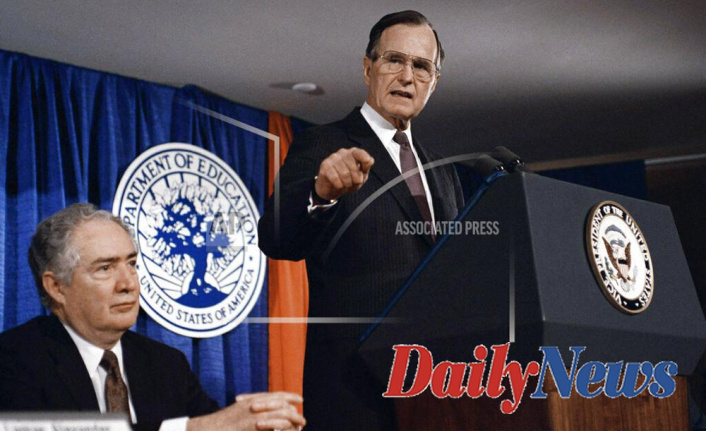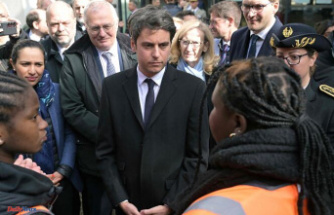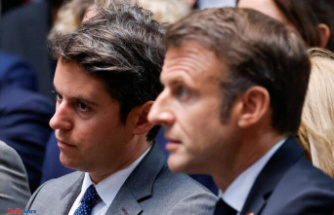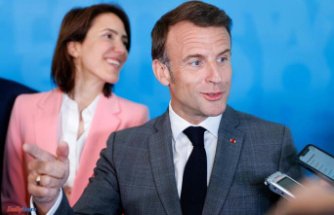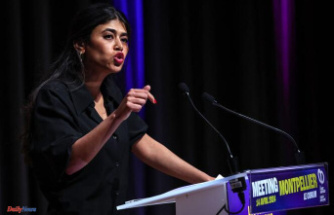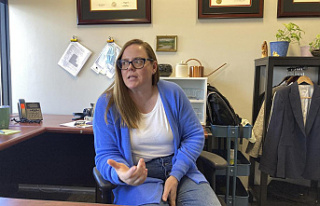Texas Tech University confirmed his death Tuesday at his Massachusetts residence. He was president of the university from 1980 to 1988. He was 95. He was 95.
Cavazos, a Democrat whose entire professional career had been spent in academia was appointed education secretary late in Reagan's second-term 1988. This move was seen by some as a cynical attempt at boosting Bush's presidential aspirations with Hispanic voters. Reagan denied this.
He was less outspoken than his conservative predecessor William Bennett.
Cavazos pledged to improve school funding, concentrate federal services on high risk children and improve outcomes for immigrant, Hispanic and Indigenous students. Cavazos, who served two terms as Education Secretary was well-known for advocating the idea that parents should have the right to choose where their children go to school. However, there were limits on segregation and he advocated bilingual education.
In September 1989, he called the dropout rate of Hispanic students "a national disaster".
He tried to avoid Washington politics, but it was difficult.
He told Texas Tech Today that he doesn't like politics in 2015. "I went there to improve education. I think we did an excellent job." As secretary of education, I can be proud that I focused federal government attention on improving the education of minorities students and how it could be done.
Cavazos resigned from his cabinet position in December 1990. However, according to AP reports, he was fired because he failed to make sufficient progress towards the administration's education goals.
Cavazos stated in his resignation letter that he was proud of his contributions to expanding education options, promoting excellence in education for Hispanic Americans and raising awareness about America's growing student population.
The Justice Department investigated his resignation for allegedly using frequent flyer miles earned through official travel to get free tickets for his wife. His spouse often traveled on official business with him. According to federal regulations, employees were required to report travel bonuses to the government at that time. The investigation was dropped.
Cavazos was raised in King Ranch, Texas near Kingsville. His family was the first Hispanic family to attend a previously segregated school district according to Texas Tech.
After a stint in the Army from 1944 until 1946, he enrolled at the Texas College of Arts and Industries, which is now Texas A&M University-Kingsville. He was originally a journalist major and then discovered a passion in biology, so he transferred to Texas Tech.
He holds a bachelor's and masters degree from Texas Tech and a doctorate of physiology from Iowa State University.
After teaching anatomy at the Medical College of Virginia for 10 years, he moved to Boston's Tufts University School of Medicine from 1964 to 1980. He also served as dean of the Tufts University School of Medicine from 1975 until 1980.
He was a Tufts professor and an accomplished researcher in endocrinology.
"Dean Cavazos was passionately interested in education and led Tufts through an important period in its development, helping it to strengthen its reputation as an academic excellence," Dean Helen Boucher of Tufts Medical School stated in a statement.
From 1980 to 1988, he was Texas Tech's president. He returned to Tufts after his service in the government and became a professor of family medicine and public health.
According to Lawrence Schovanec, current Texas Tech President, "Dr. Cavazos was a great force in higher education. However, he comes from humble ancestry and he never forgot that."
Peggy, his wife, was married to him in 1954. They had 10 children.
His brother was Gen. Richard Cavazos who was the first Hispanic four star general in the U.S Army. He died in 2017.
A relative reached out to him Friday and said that no funeral plans were possible.

